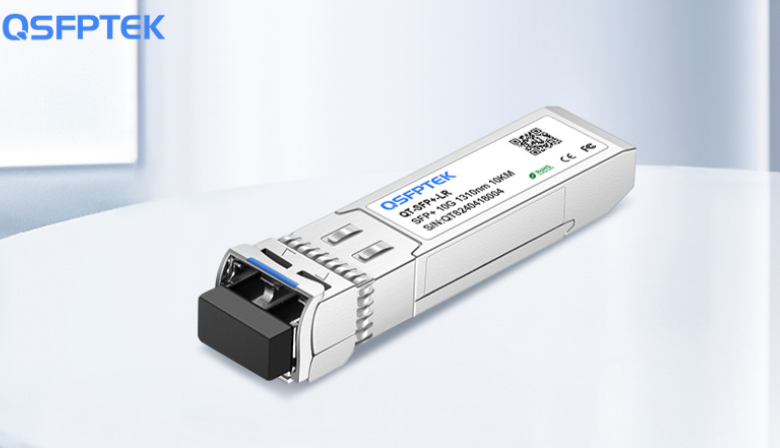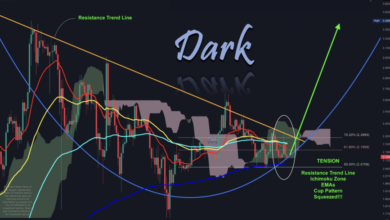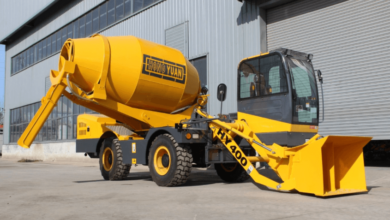Understanding 10GBASE-LR: The Reliable Choice for Medium-Distance Links

Breaking Down the Name
The name tells you most of what you need to know: “10G” for ten gigabits per second, “BASE” for baseband signaling, and “LR” for long reach. It’s been part of the 10 Gigabit Ethernet family for years, and despite newer, faster options on the market, 10GBASE-LR still plays a key role in countless networks.
Designed for Distance
With its 10 km range on single-mode fiber, 10GBASE-LR is aimed squarely at medium-distance connections. It uses a 1310 nm laser, which is well-suited for these runs, offering low attenuation and stable performance. This makes it a favorite for inter-building links on large sites, or for tying together core and distribution switches in metro rings.
Physically, the modules use the SFP+ form factor. That’s about as common as it gets in the networking world, which means sourcing and replacing them is simple. Whether you’re plugging into a switch, a router, or a network card, the fit is almost guaranteed as long as it’s a 10G-compatible port.
Real-World Performance
In practical terms, a 10GBASE-LR link can handle most enterprise workloads without trouble. From large file transfers to VoIP and video conferencing traffic, 10 gigabits per second gives you room to breathe. It’s also low-latency, so applications that depend on real-time communication can run smoothly.
One reason 10GBASE-LR remains common is cost. Over the years, pricing has come down considerably, making it accessible for smaller organizations as well as large enterprises. And since it doesn’t require exotic cabling or unusual optics, it’s easy to deploy and maintain.
Typical Deployments
Take a regional healthcare provider with multiple clinics and a central data center. They invested in 10GBASE-LR links a decade ago for EMR (electronic medical record) replication and backup. Even now, the same fiber runs and replacement optics keep the system running with no performance complaints. Upgrading to 25G or 40G would be technically possible, but the ROI just isn’t there — and that’s a textbook case of “if it isn’t broken, don’t fix it.”
The Price and Practical Side
10GBASE-LR modules are inexpensive by optical networking standards. This makes them attractive for backup links, secondary paths, or expansion in networks where the main budget is going into higher-speed core infrastructure.
A Few Caveats
The technology is mature, but not magic. Fiber quality, connector cleanliness, and proper handling still matter. Long-reach optics can be more sensitive to physical layer issues than short-range gear, so a little extra care in installation pays off.
Looking Ahead: 10GBASE-LR in Mixed-Speed Networks
One interesting trend is how 10GBASE-LR is being used alongside much faster links in the same environment. In a modern data center, you might see 100G connections running between core switches, 25G uplinks from top-of-rack switches, and 10GBASE-LR for linking specialized equipment or connecting to outlying facilities. This mix-and-match approach works because Ethernet standards are designed for interoperability, and because 10GBASE-LR still offers plenty of headroom for many workloads — especially when the traffic is predictable or bursty rather than constant high load.
Lifecycle and Support Longevity
Another advantage is support lifespan. Many network devices ship with 10G SFP+ ports as a standard feature, and vendors tend to keep firmware and optical compatibility updated for years. That means a 10GBASE-LR module bought today could remain in productive use far longer than faster, cutting-edge optics, which might face faster obsolescence cycles as speeds keep climbing. For organizations looking for stability rather than chasing maximum throughput, that’s a big deal.
The Takeaway
If 25GBASE-LR is the ambitious middle-distance runner, 10GBASE-LR is the veteran marathoner who’s run the route a hundred times. It’s steady, dependable, and does exactly what it’s supposed to. And that’s why, even as newer standards roll in, you’ll still see 10GBASE-LR quietly doing the work in networks all over the world.





